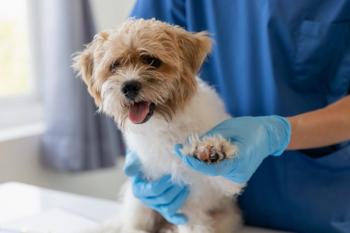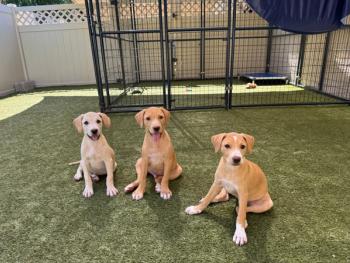
Commentary: New York Times shines a harsh spotlight on profession's woes
Veterinarians abuzz over article on student debt 'trap.'
There is a phonomenon in the media world known as “the New York Times effect.” Basically what happens is this: An article appears on the front page of the Times one day, and the next day a version of that story appears on the front pages of newspapers all across the country. The thinking underlying this process is that if The New York Times thinks it’s important, it must be important.
In veterinary medicine we’re experiencing our own New York Times effect. On Feb. 24, the newspaper published an article titled “
The article, written by Times heavyweight reporter David Segal, focuses on the plight of a Ross University graduate with more than $300,000 in student debt and no way to pay it off in her lifetime. From that close-up narrative Segal zooms out to a comprehensive view of the profession, noting the increasing supply of veterinarians alongside a falling demand for veterinary services.
All the minor chords of our profession’s “song of doom” are present: astronomical levels of student debt, paltry starting salaries, a dwindling job market, a desperate need for rural veterinarians with no way to make a living as a rural veterinarian, and so on. The personal narratives woven into the facts are tinged with hopelessness—down to the last sentence—which makes it a gut-wrenching read. And it’s clear from the responses I’ve seen that many veterinarians have had their guts wrenched.
“Why isn’t anyone doing anything about this?” This is the frustrated cry that echoes through the online comments and posts. The question also takes more specific forms: “Why are vet schools increasing their class sizes?” “Why does it cost so much more to educate veterinarians than it did 30 years ago?” “Why are more veterinary programs being created and accredited?” “Why aren’t students being educated about the financial disaster that awaits them?” Some disheartened practitioners even ask, “Why did I choose this profession?” The song of doom is ominous indeed.
The professional associations are scrambling to assure their constituencies that they are aware of the problems spotlighted in the article and are working toward solutions. The
And that is what I believe we need most in order to contradict this gloomy song of doom: a song of hope. Individually and collectively, we as a profession must refuse to see ourselves as victims of circumstances beyond our control—even when it is appallingly clear that we are the victims of circumstances beyond our control. It is in the acceptance of the role of victim where defeat lies, and it is people with the will to succeed who do—often despite overwhelming odds—not those who’ve happened to land themselves in perfect circumstances.
If nothing else, market forces will correct the supply and demand problem. Some veterinarians may need to consider a career in research or public health rather than private practice. Veterinary colleges may need to cap class sizes and function in a more economically efficient manner.
But whatever the solution looks like, veterinary medicine will survive. People’s bond with their pets is not going away. The need for production animal health will only increase as global food needs rise. Awareness of One Health and the link between human and animal well-being is growing all the time. If we can identify these notes of hope and weave them together into a clear and compelling melody, we can turn this dark and dreary song of doom into a song of victory.
Newsletter
From exam room tips to practice management insights, get trusted veterinary news delivered straight to your inbox—subscribe to dvm360.






